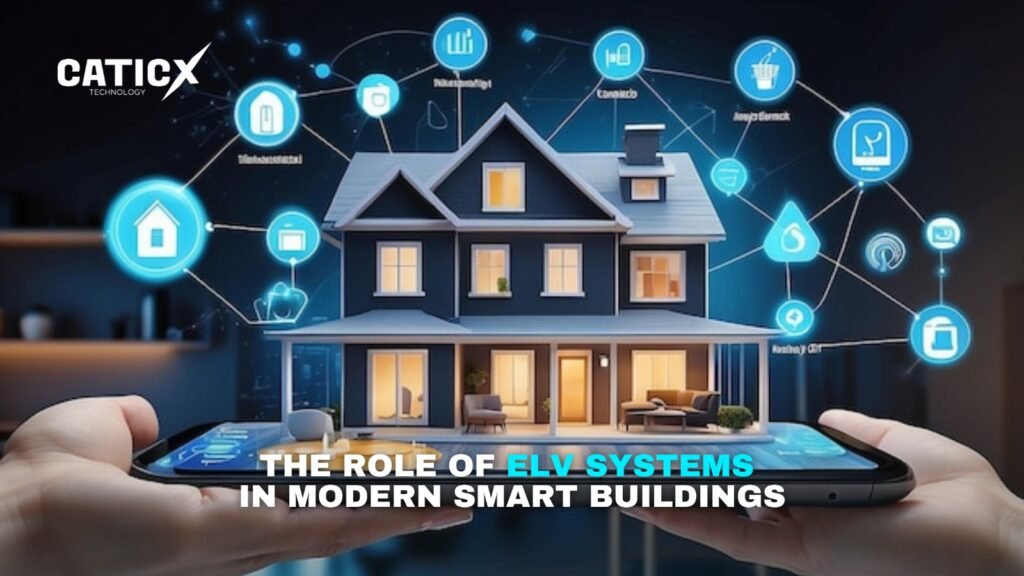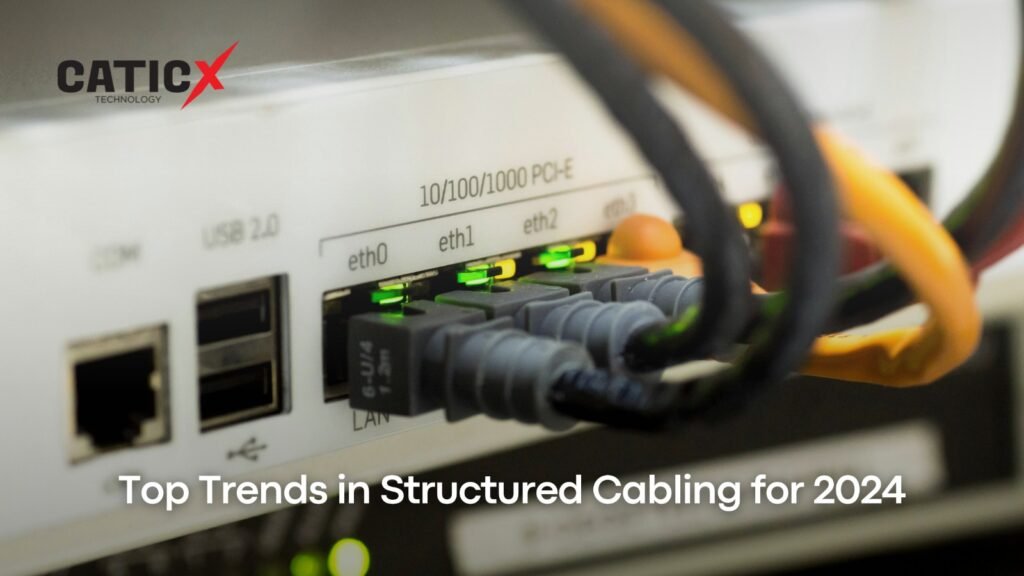
As technology continues to advance, the concept of smart buildings is transforming the way we interact with our environments. At the heart of these innovative structures are Extra Low Voltage (ELV) systems, which play a crucial role in enhancing functionality, efficiency, and safety. The significance of ELV systems in modern smart buildings lies in how they contribute to overall building performance and their various applications.
ELV Systems
Extra Low Voltage (ELV) systems refer to electrical systems that operate at low voltages—typically under 50V AC or 120V DC. These systems are designed to provide a range of services within a building, from security and communication to energy management and automation. Common ELV systems include:
- CCTV and Surveillance Systems: For monitoring and security.
- Access Control Systems: Managing entry to secure areas.
- Fire Alarm and Detection Systems: Ensuring safety through early detection.
- Public Address (PA) Systems: For communication and announcements.
- Structured Cabling Systems: Supporting data and telecommunications.
Enhancing Building Security
One of the most critical roles of ELV systems in smart buildings is enhancing security. In an age where safety concerns are paramount, integrating advanced security measures is essential. ELV systems contribute significantly through:
- CCTV and Surveillance
CCTV systems equipped with high-definition cameras provide real-time monitoring and recording capabilities. Modern smart buildings utilize intelligent video analytics that can detect unusual activities, helping security personnel respond proactively to potential threats.
- Access Control
Access control systems manage who can enter specific areas of the building. By employing card readers, biometric scanners, or mobile access technologies, these systems enhance security by ensuring that only authorized personnel can access sensitive areas.
- Fire Alarm Systems
Fire safety is non-negotiable in any building. ELV fire alarm systems can detect smoke or heat and alert occupants, facilitating timely evacuation and minimizing damage. Integration with other smart systems allows for automated responses, such as unlocking exit doors or notifying emergency services.
Improving Energy Efficiency
Smart buildings aim to optimize energy consumption, and ELV systems play a vital role in achieving this goal.
- Lighting Control Systems
ELV lighting control systems allow for automated management of lighting based on occupancy and natural light levels. This not only enhances comfort but also significantly reduces energy waste. For instance, sensors can automatically turn off lights in unoccupied areas or adjust brightness based on the time of day.
- Building Management Systems (BMS)
A centralized BMS can control various ELV systems, including HVAC (heating, ventilation, and air conditioning), lighting, and energy monitoring. By analyzing data from these systems, the BMS can optimize energy use, reduce costs, and improve overall building efficiency.
Enhancing Communication and Connectivity
In the context of smart buildings, effective communication is essential for seamless operations. ELV systems contribute significantly to this aspect through:
- Structured Cabling
Structured cabling systems form the backbone of data communication within a building. By providing a robust infrastructure for data and telecommunications, these systems enable high-speed internet access and support a variety of applications, from VoIP (Voice over Internet Protocol) to multimedia streaming.
- Public Address Systems
Public address systems are crucial for announcements and emergency communications. In modern smart buildings, these systems are often integrated with other technologies, allowing for automated alerts in case of emergencies or announcements during events.
Supporting Automation and Control
The integration of ELV systems with automation technologies enhances the overall functionality of smart buildings.
- IoT Integration
The Internet of Things (IoT) allows for the connection of various devices and systems within a building. ELV systems can communicate with IoT devices to enable real-time monitoring and control. For example, temperature sensors can relay data to the BMS, which can adjust HVAC settings accordingly.
- Remote Access and Control
Modern ELV systems often feature remote access capabilities, allowing building managers to monitor and control systems from anywhere. This feature enhances flexibility and responsiveness, enabling timely interventions in case of issues or emergencies.
Compliance and Sustainability
With growing awareness of environmental issues, smart buildings are increasingly focused on sustainability. ELV systems contribute to this effort by:
- Supporting Green Certifications
Many smart buildings aim for green certifications such as LEED (Leadership in Energy and Environmental Design). Effective ELV systems play a crucial role in meeting the criteria for these certifications by enhancing energy efficiency, improving indoor air quality, and ensuring occupant comfort.
- Data Analytics for Optimization
Data collected from ELV systems can be analyzed to identify inefficiencies and areas for improvement. This data-driven approach enables building managers to implement changes that reduce energy consumption and enhance sustainability.
Final Thoughts
ELV systems are the backbone of modern smart buildings, playing an essential role in enhancing security, improving energy efficiency, facilitating communication, and supporting automation. As technology continues to evolve, the integration of advanced ELV solutions will further revolutionize the way we design and manage buildings.
By prioritizing ELV systems in the development of smart buildings, architects, builders, and property managers can create safer, more efficient, and environmentally friendly spaces. Embracing these technologies is not just a trend but a necessity for the future of building design and management. The era of smart buildings is here, and ELV systems are at the forefront of this transformation.


